Salam & hai everyone.
I haven't updated the hive in a long time because I've been preoccupied with daily business.
Today I'd want to talk about the Hiroshima bombing.
During World War II (1939-45), an American B-29 bomber blew up the world's first deployed atomic bomb over the Japanese city of Hiroshima on August 6, 1945. The explosion killed an estimated 80,000 people instantly, and tens of thousands more killed subsequently from radioactive exposure. A second B-29 detonated another A-bomb on Nagasaki three days later, killing an estimated 40,000 people. In a radio address on August 15, Japan's Emperor Hirohito announced his country's unconditional surrender in World War II, citing the devastating might of "a new and most cruel bomb."
Hiroshima, a 350,000-person manufacturing city around 500 kilometres from Tokyo, was chosen as the initial target. The more than 9,000-pound uranium-235 bomb was put onboard a modified B-29 bomber christened Enola Gay (after the mother of its pilot, Colonel Paul Tibbets) after arriving at the US airfield on the Pacific island of Tinian. At 8:15 a.m., the plane dropped the "Little Boy" bomb by parachute, and it exploded 2,000 feet over Hiroshima with a detonation equivalent to 12-15,000 tonnes of TNT, devastating five square miles of the city.
Hiroshima today
In 1958, the population of Hiroshima reached 410,000, finally exceeding what it was before the war. It is currently a major urban center with a population of 1.12 million people. Major industries in Hiroshima today are machinery, automotive (Mazda) and food processing. Interestingly enough, one quarter of Hiroshima's electricity is from nuclear power.
Rebuilding efforts over the decades have been fruitful. As early as 1979, the difference between Hiroshima in the immediate aftermath and what it had become was remarkable:
"In today's Hiroshima, bustling shopping centers line covered pedestrian malls and major department stores feature a range of merchandise almost as great as their Tokyo counterparts," wrote John Spragens Jr., a staff writer for the Corsicana (Texas) Daily Sun, in an article published on August 29, 1979.
The downtown streets of Hiroshima are now lined with high-rise buildings, and the park is green again. Every year on August 6, the day the bomb was dropped, Hiroshima holds a ceremony in Peace Memorial Park, where the mayor reads his annual Peace Declaration. Determined to fulfill its mission as an international peace culture city, Hiroshima strives to rid the world of nuclear weapons.
Hiroshima Peace Memorial
In December 1996, the Genbaku Dome was registered on the UNESCO World Heritage List based on the Convention for the Protection of the World Cultural and Natural Heritage.Its inclusion into the UNESCO list was based on its survival from a destructive force (atomic bomb), the first use of nuclear weapons on a human population, and its representation as a symbol of peace.
In my perspective, war brings nothing but damage and destruction to a country. It is preferable if we live in harmony and peace.
** some info get from google
my picture while visiting hiroshima
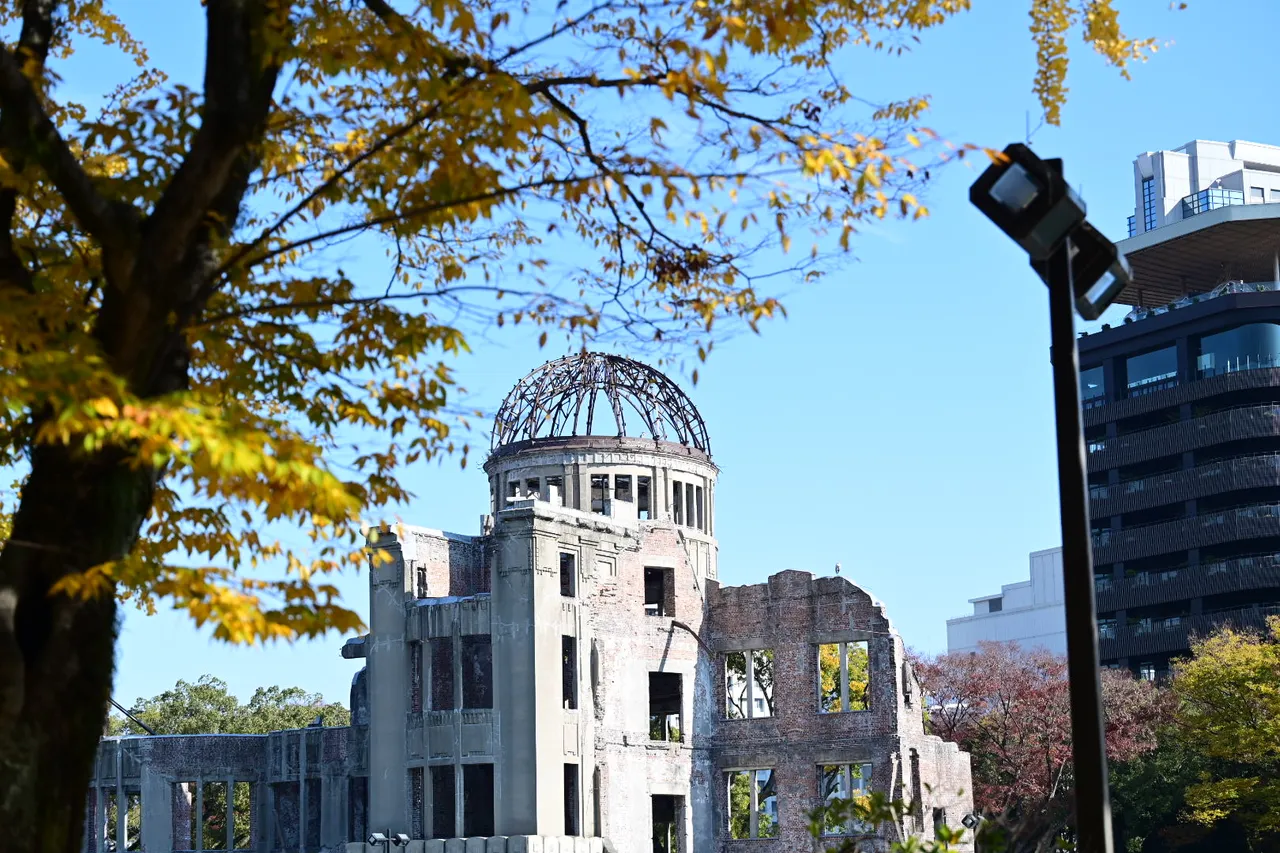
Genbaku Dome
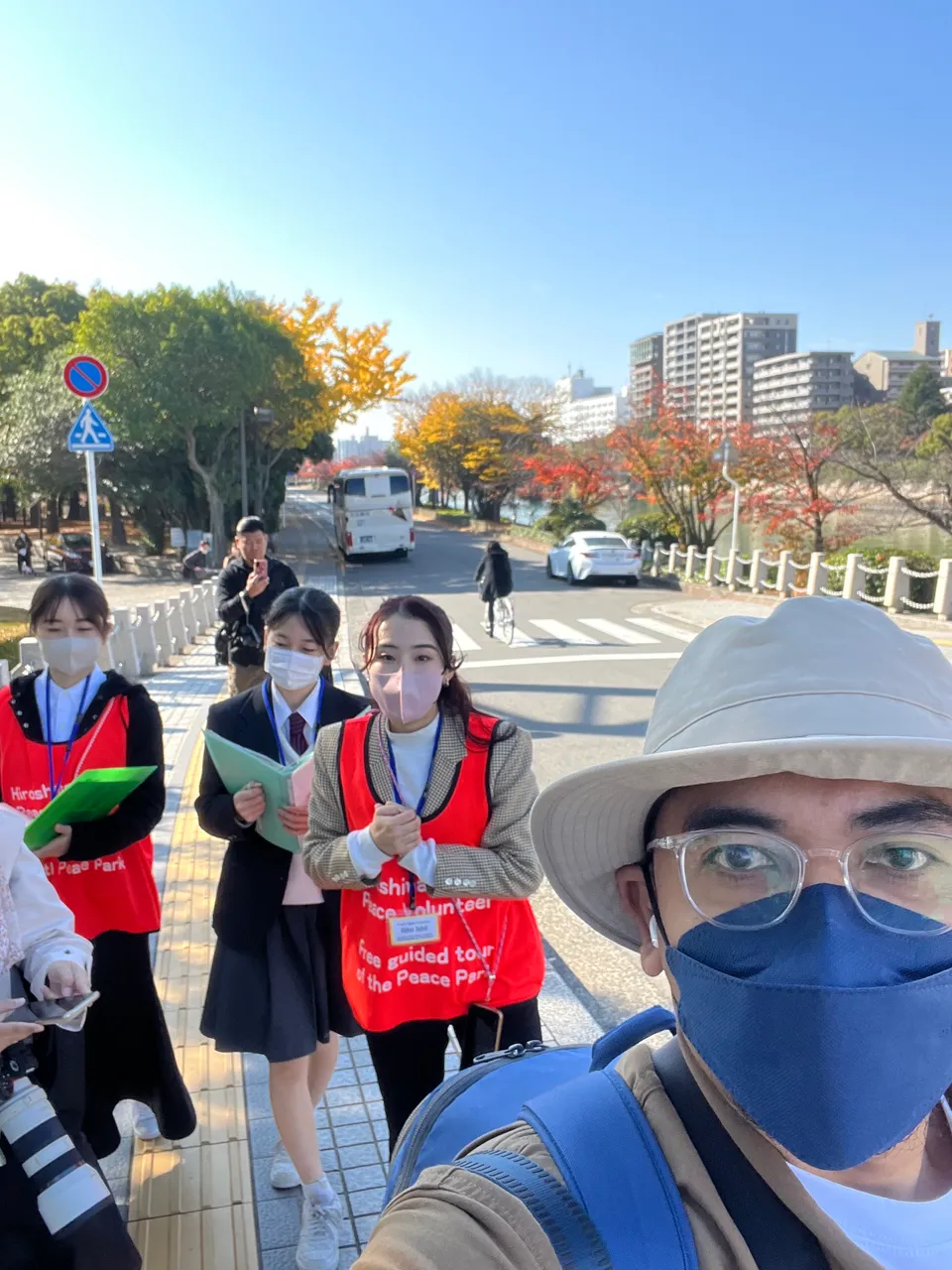
me with Youth Peace Volunteers
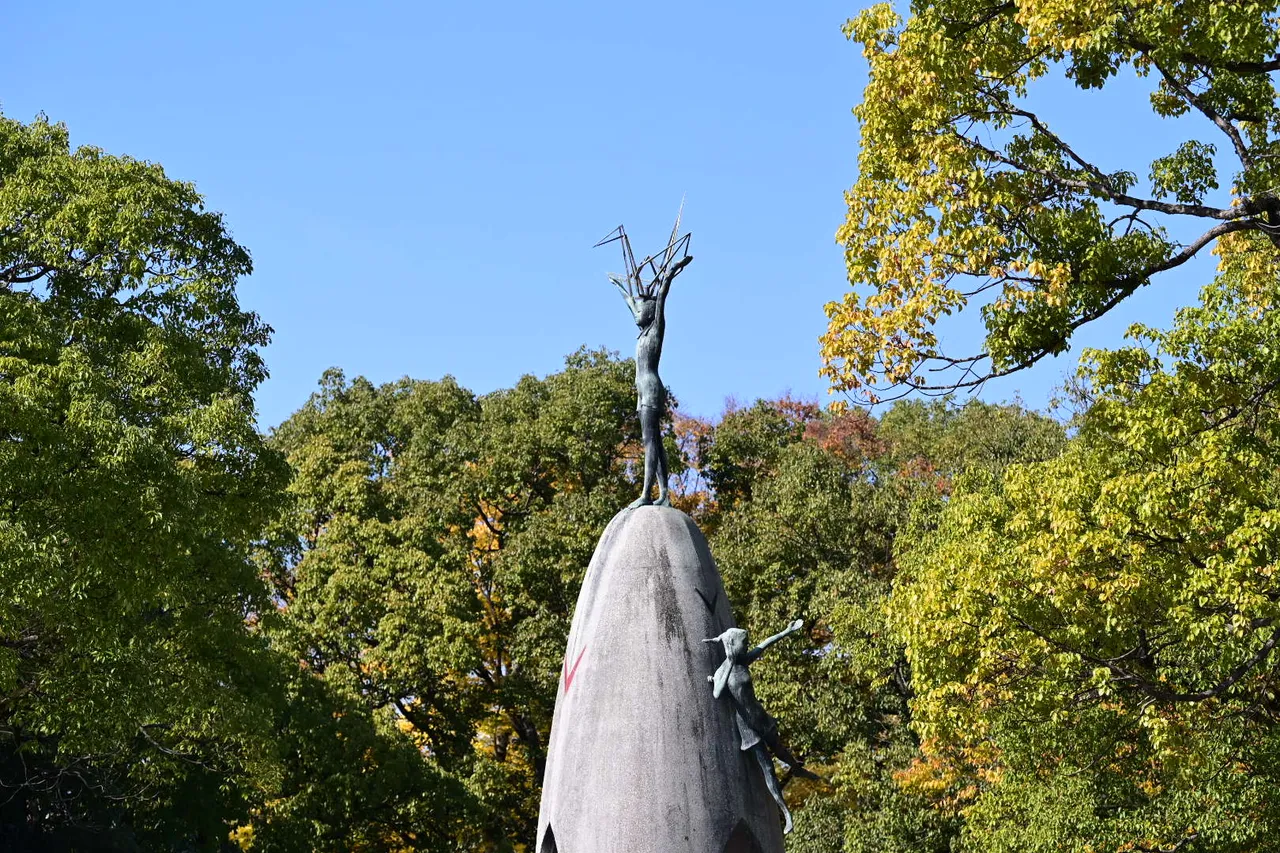
sadoko monoment
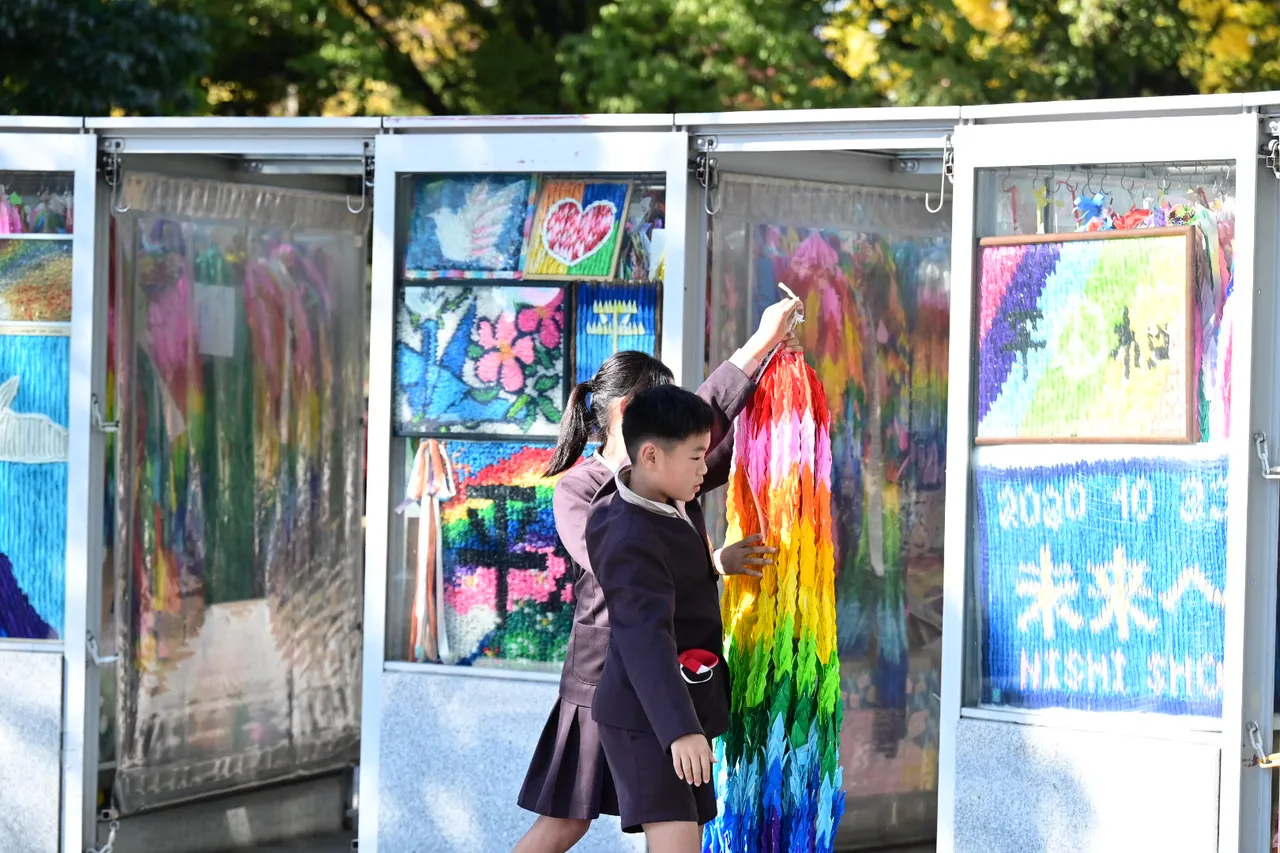

The Children's Peace Monument that stands in Peace Memorial Park was built with funds donated from all over Japan. Later, this story spread to the world, and now, approximately 10 million cranes are offered each year before the Children's Peace Monument.
War, in my perspective, just brings ruin. I hope that we can all live peacefully.
my picture while visiting hiroshima
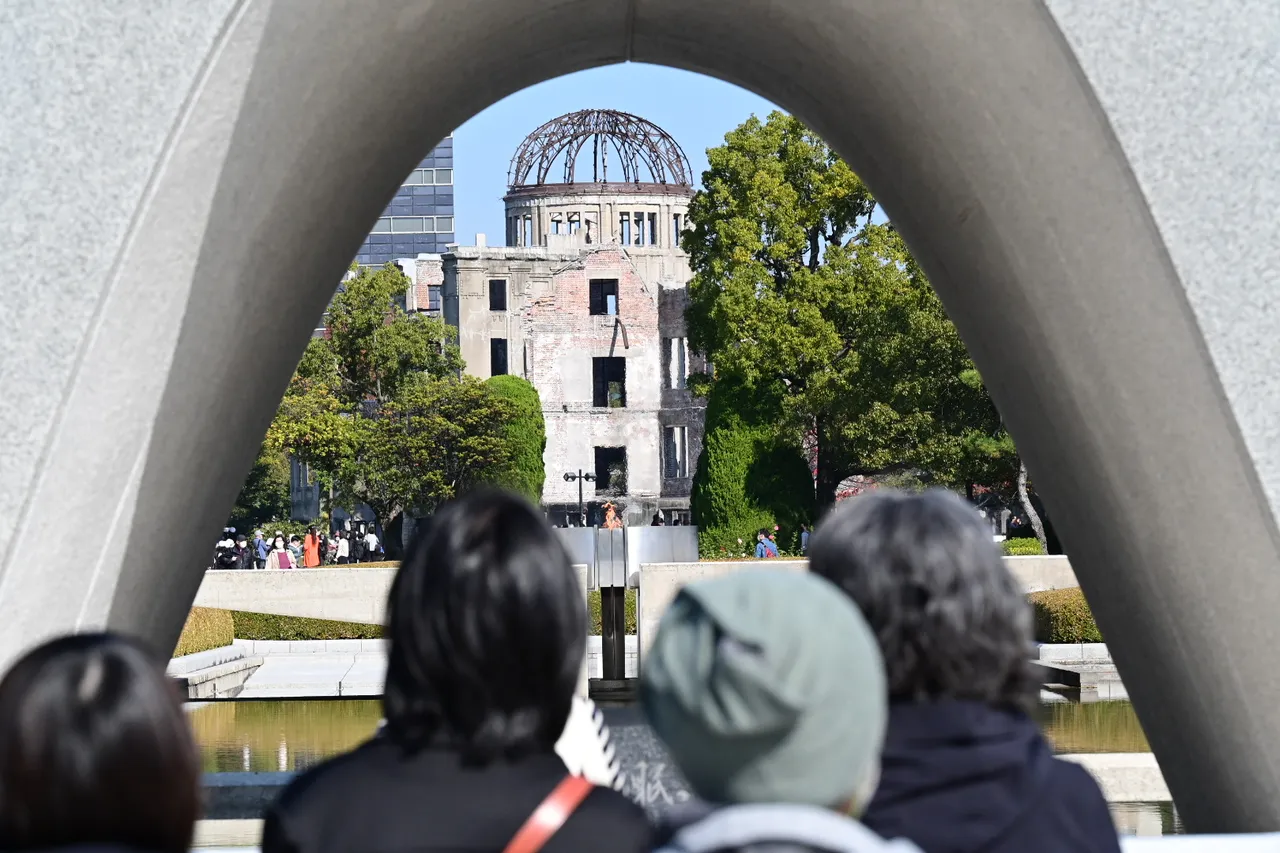
Hiroshima Peace Memorial Park
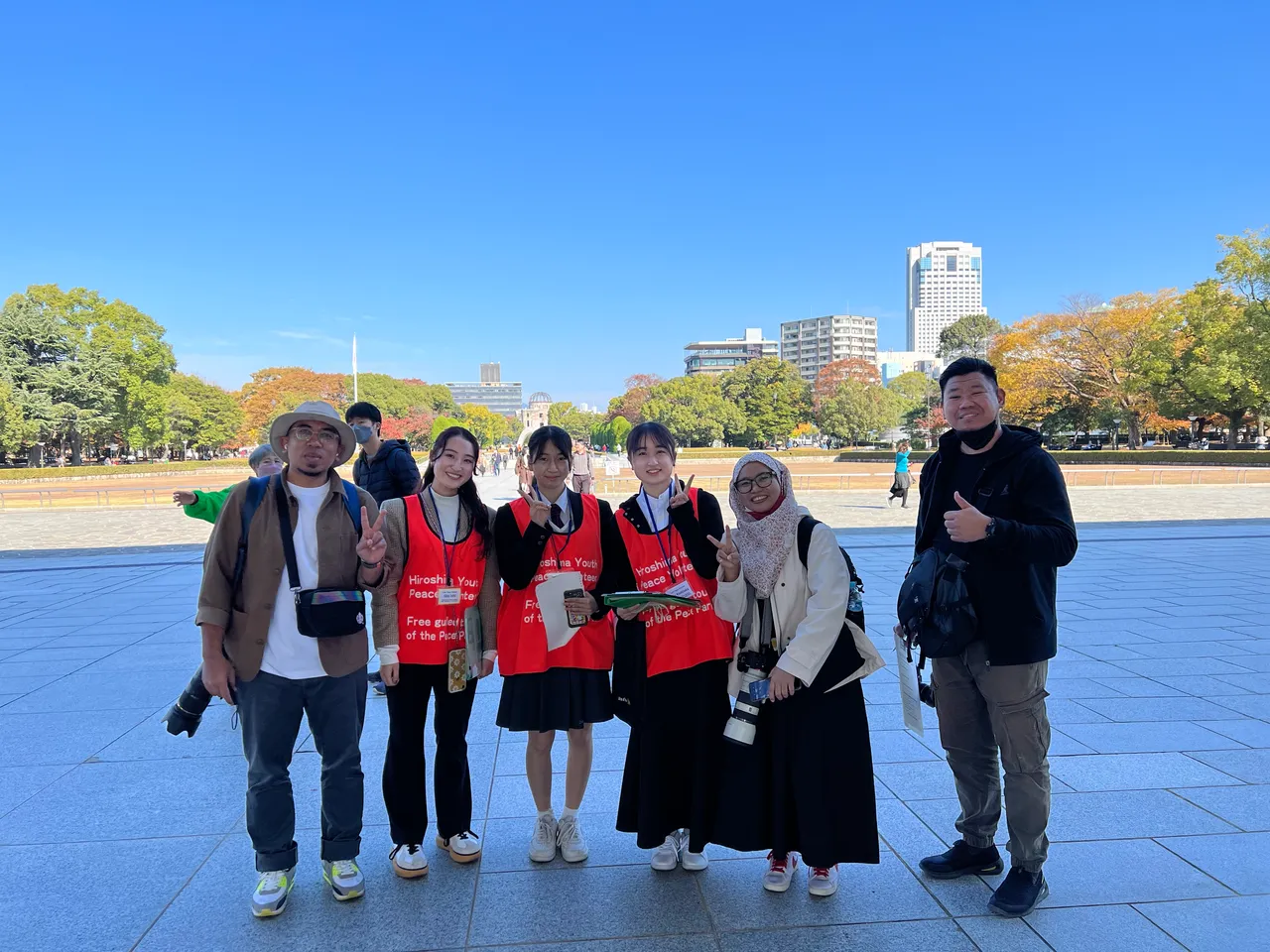
Me,with my friend @bluekinabalu, anggu & Youth Peace Volunteers
